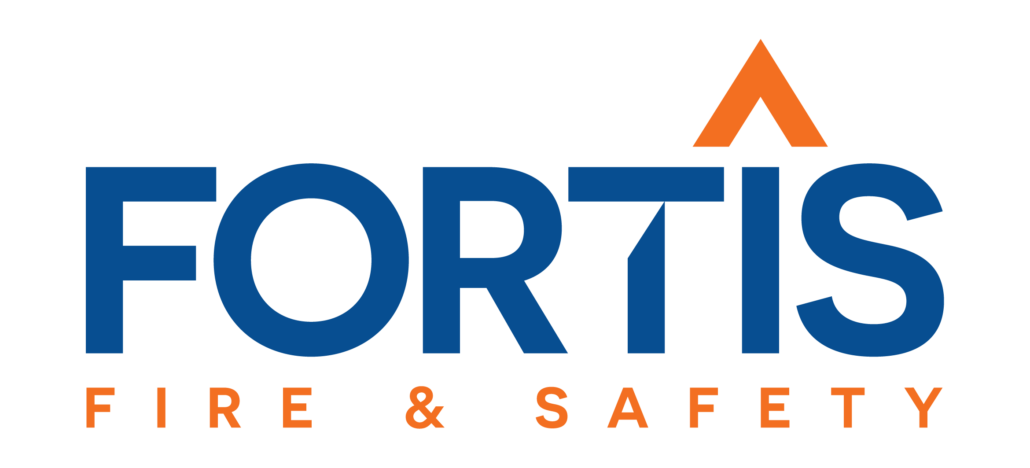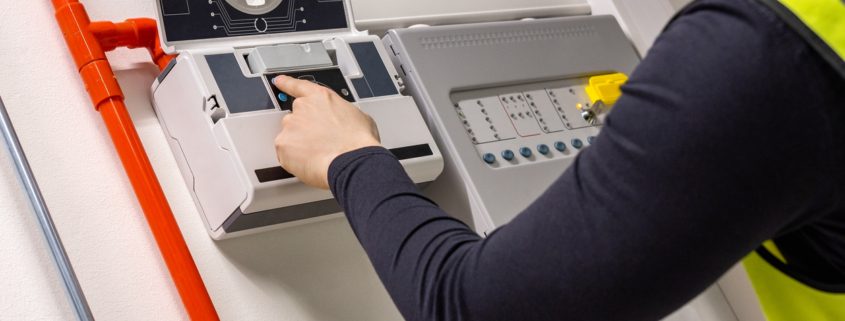How Many Notification and Detection Devices Do You Actually Need?
When it comes to fire safety in commercial or educational buildings, it’s crucial to adhere to the requirements established for the number of notification and detection devices. A fire alarm system consists of interconnected devices that work together to detect and alert individuals in the presence of smoke or fire. These alarms can be triggered by smoke detection, heat detection, or manual pull stations, and they come in various forms, including traditional systems, motorized bells, sounders, electronic notification systems, strobes, and voice alert systems. Understanding the guidelines set forth by Code 72 of the NFPA is essential in determining the appropriate fire alarm requirements.
Code 72:
Code 72, exclusively reserved for fire alarms, serves as a valuable guide for understanding fire alarm requirements. The NFPA emphasizes the importance of having a sufficient number of properly located smoke alarms due to the increased rapidity of fires caused by modern furnishings. According to the NFPA, this is crucial to maximize the available escape time. As a general foundation, fire alarms should be present in office rooms, hallways, and at least one on every floor. Additionally, it is essential to address outdated smoke alarms that no longer meet NFPA standards, highlighting the significance of regular fire safety code checkups.
Considerations for Your Building:
Determining the appropriate fire safety system for your specific building requires a comprehensive evaluation as there is no one-size-fits-all solution. Several factors influence the number of fire alarm systems and devices needed, including ceiling height, square footage, number of floors, condition of stairwells, contents stored within the building, window locations, NFPA standards, and AHJ (Authority Having Jurisdiction) requirements. Following national fire protection standards, it is advisable to have notification and detection devices on every level. Fire prevention and safety measures should be regularly updated, and emergency exit signs and lighting should be a focal point during fire inspections.
Fortis: Your Fire Safety Solution Provider:
At Fortis, we understand the critical importance of protecting your personnel and facilities through reliable alarm and detection systems. Our team at VFS Fire & Security Services specializes in designing, installing, and maintaining top-of-the-line fire alarm systems tailored to your specific risk profile and complexity requirements. We offer comprehensive installation, maintenance, and monitoring options to ensure optimal fire safety measures are in place.
Final Notes
By adhering to established fire safety requirements and guidelines, including those outlined in Code 72 of the NFPA, you can ensure that your commercial or educational building is equipped with the necessary number of notification and detection devices. Regular evaluation and updates to fire prevention measures, along with a focus on emergency exit signs and lighting, are essential for maintaining optimal fire safety standards. Trust Fortis and our expertise in providing reliable fire alarm systems to safeguard your personnel and facilities effectively.




